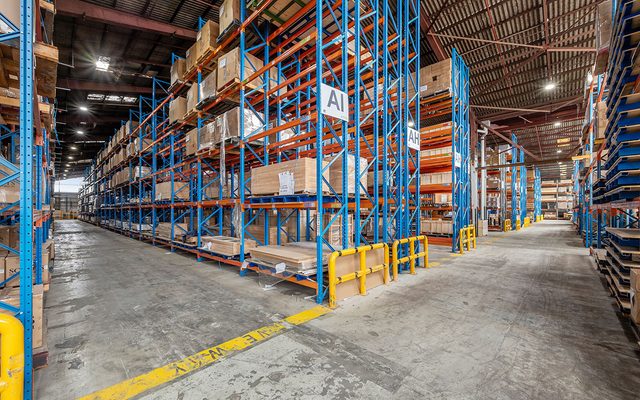This article is from the Australian Property Journal archive
RESIDENTIAL vacancy rates have peaked in Sydney, Brisbane, Perth and Darwin, according to one research house, as seasonal factors pushed down the national rate in January.
New data released by SQM Research shows vacancies fell over the month to 2.1% from 2.5%. The total number of vacancies across the country is now at 72,422 properties.
All states recorded tightening. Darwin recorded the highest vacancy rate at 3.2%, followed by Sydney at 3.1%. Hobart remains the lowest of all capitals, steady at 0.6%.
Adelaide and Canberra again recorded low vacancy rates, at 1.0% and 1.4% respectively, while both Melbourne and Perth from 2.5% to 2.1%, mirroring the national figures.
Managing director of SQM Research, Louis Christopher said that following on from December, January’s vacancy rates are also affected by seasonality.
“We will have a clear picture of the rental market when the numbers for February are released. However, we do believe that rental vacancy rates have now peaked in Sydney, Brisbane, Perth and Darwin. And assuming a stable economy, these cities are likely to record gradually lower vacancy rates as 2020 progresses.”
Annual comparisons revealed a more moderate decline, from 2.2% in January 2019. Melbourne, Canberra and Hobart each recorded higher vacancy rates compared to this time last year, while Perth has come down from 3.0% and Darwin from 3.8% in that time.
Asking rents across the capital cities increased by 2.5% for houses and 1.1% for the month ending 12th, while annual figures saw a 1.6% uplift for houses and stability for units.
Sydney, Melbourne and Perth all recorded increases in asking rents for both houses and units over the month.
Darwin and Hobart recorded decreases in both house and unit asking rents. House rents in Darwin fell 2.9% and by 2.5% for units, whilst Hobart recorded falls of 2.5% and 1.4% respectively.
Brisbane recorded a decrease in house asking rents of 0.4% and an increase of 0.2% in unit rents. Canberra and Adelaide had a reverse trend of increases in house rents but decrease in unit rents, while Perth saw a modest rise in house rents while unit rents were stable.
Sydney (3.0% for houses and 1.2%) and Melbourne (2.6% and 2.3%) saw rental growth in both markets through the month.
Darwin and Sydney were the only cities to see rents fall in both markets, although Darwin saw steeper falls, of 9.8% for house and 3.5% for units. Canberra house rents slipped by 1.6%, and all other markets in the capital cities witnessed increases, led by Hobart with 7.8% and 15.9%.




